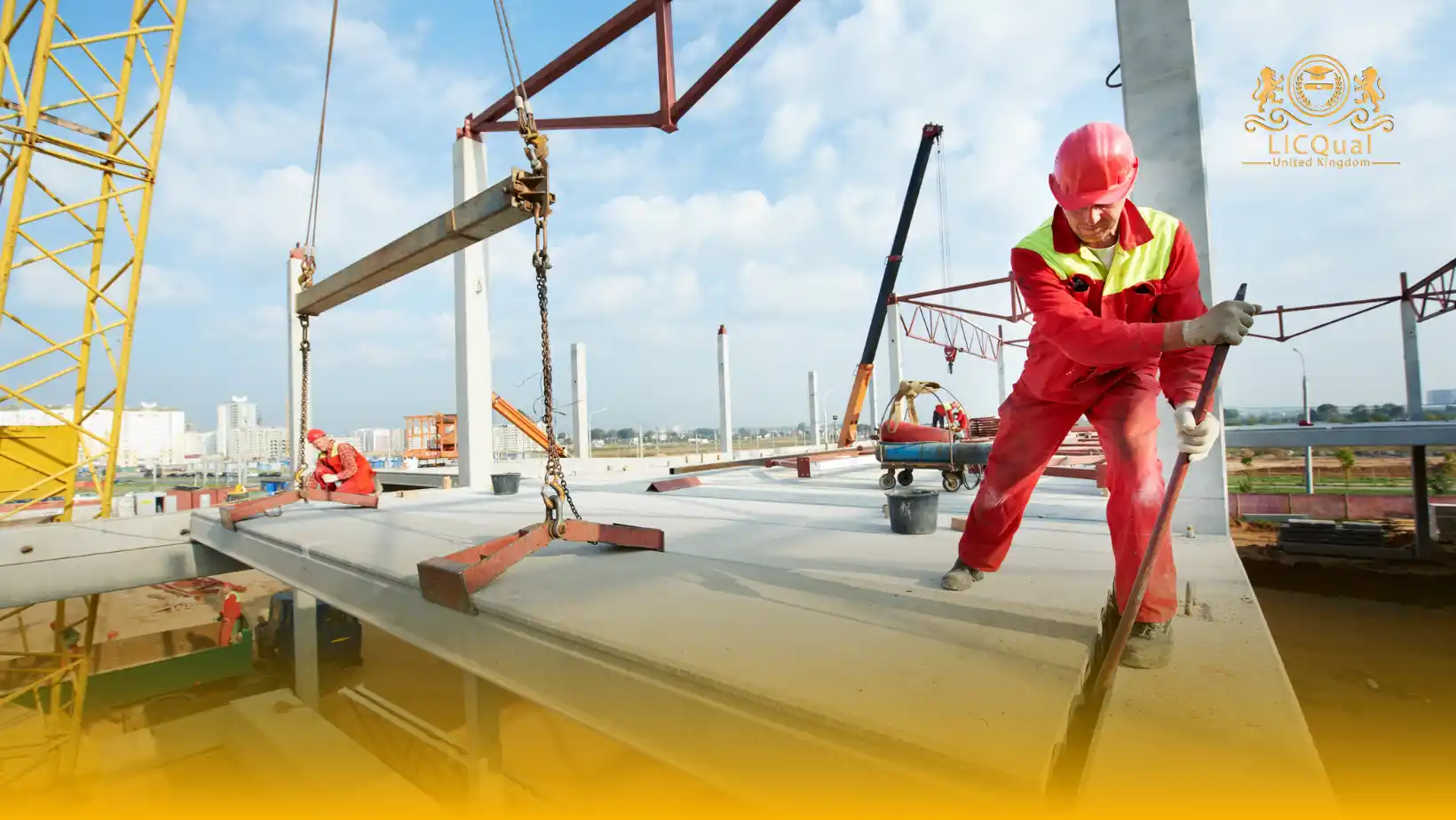The LICQual Level 1 Certificate in Rigger is the perfect starting point for those looking to enter the rigging industry. Whether you are new to the field or looking to formalize your knowledge, this comprehensive course provides you with the essential skills and understanding needed to begin a successful career in rigging.
Designed for beginners, this certification covers all the core aspects of safe rigging practices, rigging equipment, and basic lifting techniques, ensuring that you gain a solid foundation to perform rigging tasks with confidence.
Throughout the course, you will learn from experienced instructors, receiving hands-on training and practical experience that aligns with international rigging standards. By the end of this qualification, you will be fully prepared to contribute to rigging operations safely, whether in construction, manufacturing, or other sectors requiring lifting and rigging expertise.
The LICQual Level 1 Certificate in Rigger is a comprehensive program designed to provide you with a detailed understanding of rigging principles, equipment, and safety practices. Key topics covered in this certification include basic rigging equipment, health and safety regulations, and basic lifting techniques, ensuring that you develop the necessary skills to carry out rigging tasks efficiently and safely.
Upon successful completion of the course, you will have the knowledge to inspect rigging equipment, understand fundamental lifting principles, and follow safety guidelines in rigging operations.
Whether you’re starting your career or looking to enhance your qualifications, the LICQual Level 1 Certificate in Rigger opens up a wide range of opportunities in the rigging industry, providing you with a strong foundation for further career advancement.
Course Overview
Qualification Title
LICQual Level 1 Certificate in Rigger
Total Units
6
Total Credits
12
GLH
36
Qualification #
LICQ2200189
Qualification Specification
To enroll in the LICQual Level 1 Certificate in Rigger, applicants must meet the following criteria:
|
Qualification# |
Unit Title |
Credits |
GLH |
|---|---|---|---|
|
LICQ2200189-1 |
Introduction to Rigging |
2 |
6 |
|
LICQ2200189-2 |
Basic Rigging Equipment |
2 |
6 |
|
LICQ2200189-3 |
Basic Lifting Techniques |
2 |
6 |
|
LICQ2200188-4 |
Health & Safety in Rigging |
2 |
6 |
|
LICQ2200189-5 |
Communication and Signaling |
2 |
6 |
|
LICQ2200189-6 |
Rigging Operations in the Field |
2 |
6 |
By the end of this course, learners will be able to:
Introduction to Rigging
- Understand the role and significance of rigging in various industries.
- Identify key rigging terminology and concepts.
- Recognize different types of rigging operations and their applications.
- Explain the basic principles of safe rigging practices and their importance in preventing accidents.
Basic Rigging Equipment
- Identify and describe the essential rigging equipment such as slings, shackles, hooks, and pulleys.
- Demonstrate knowledge of the functionality and purpose of different rigging tools.
- Explain how to properly inspect rigging equipment to ensure its safety and reliability.
- Understand how to select appropriate rigging equipment based on the load and task requirements.
Basic Lifting Techniques
- Understand the key principles of load handling, including balancing, securing, and lifting techniques.
- Demonstrate the correct methods for lifting and moving loads safely to minimize the risk of accidents or damage.
- Recognize the importance of load distribution and stability during lifting operations.
- Apply best practices for controlling and guiding loads during lifting and lowering operations.
Health & Safety in Rigging
- Identify the key health and safety regulations and standards applicable to rigging operations.
- Understand the importance of risk assessments and hazard identification in rigging tasks.
- Demonstrate the proper use of personal protective equipment (PPE) in rigging operations.
- Recognize and manage potential risks and hazards to ensure the safety of the rigging crew and equipment.
Communication and Signaling
- Understand the significance of effective communication and signaling in rigging operations.
- Demonstrate proficiency in using standard hand signals and verbal communication during lifting tasks.
- Recognize the importance of clear and concise communication between the rigging team and crane operators.
- Apply correct signaling procedures to ensure safety and coordination during rigging operations.
Rigging Operations in the Field
- Apply theoretical knowledge of rigging in practical, real-world environments.
- Demonstrate the ability to assess site conditions and determine appropriate rigging methods.
- Work effectively within a team to complete rigging operations while adhering to safety protocols.
- Adapt rigging techniques to address specific field challenges, such as environmental factors and load complexities.
This diploma is ideal for:
Assessment and Verification
All units within this qualification are subject to internal assessment by the approved centre and external verification by LICQual. The qualification follows a criterion-referenced assessment approach, ensuring that learners meet all specified learning outcomes.
To achieve a ‘Pass’ in any unit, learners must provide valid, sufficient, and authentic evidence demonstrating their attainment of all learning outcomes and compliance with the prescribed assessment criteria. The Assessor is responsible for evaluating the evidence and determining whether the learner has successfully met the required standards.
Assessors must maintain a clear and comprehensive audit trail, documenting the basis for their assessment decisions to ensure transparency, consistency, and compliance with quality assurance requirements.

